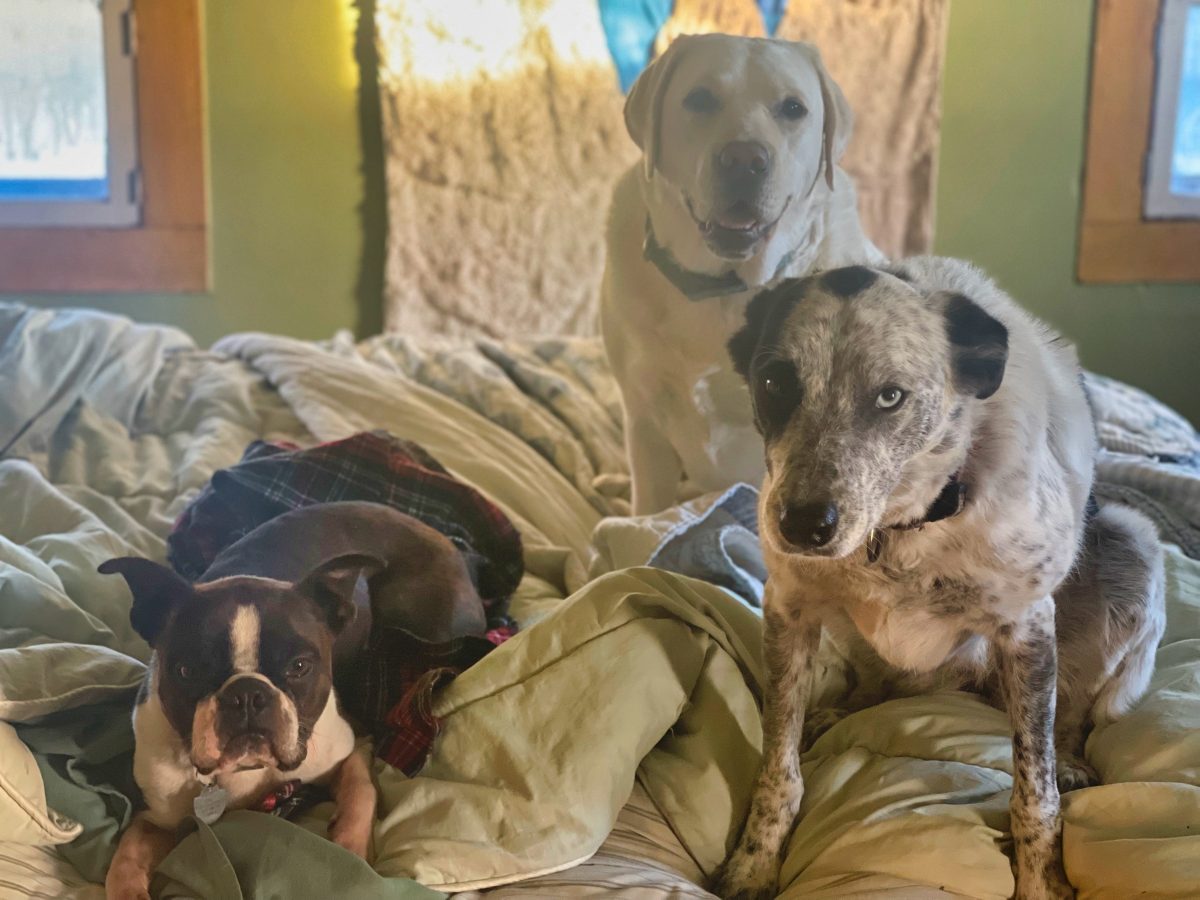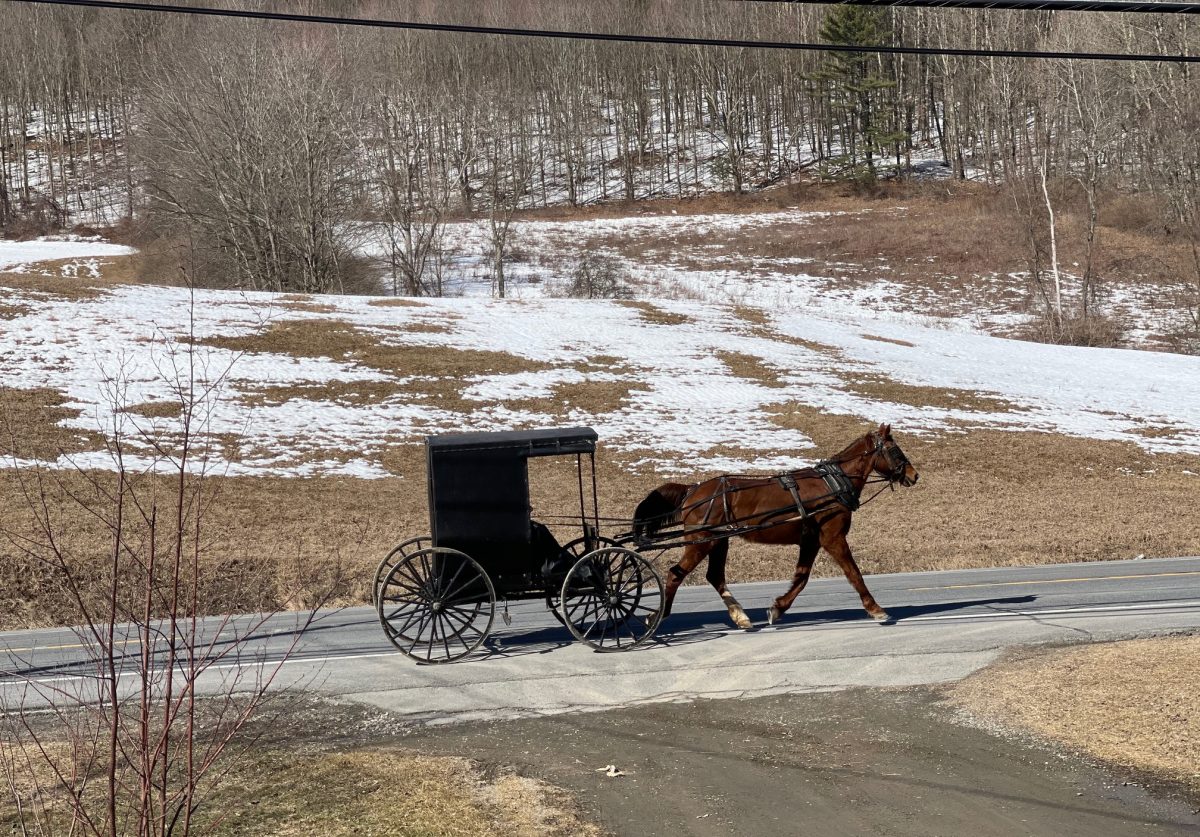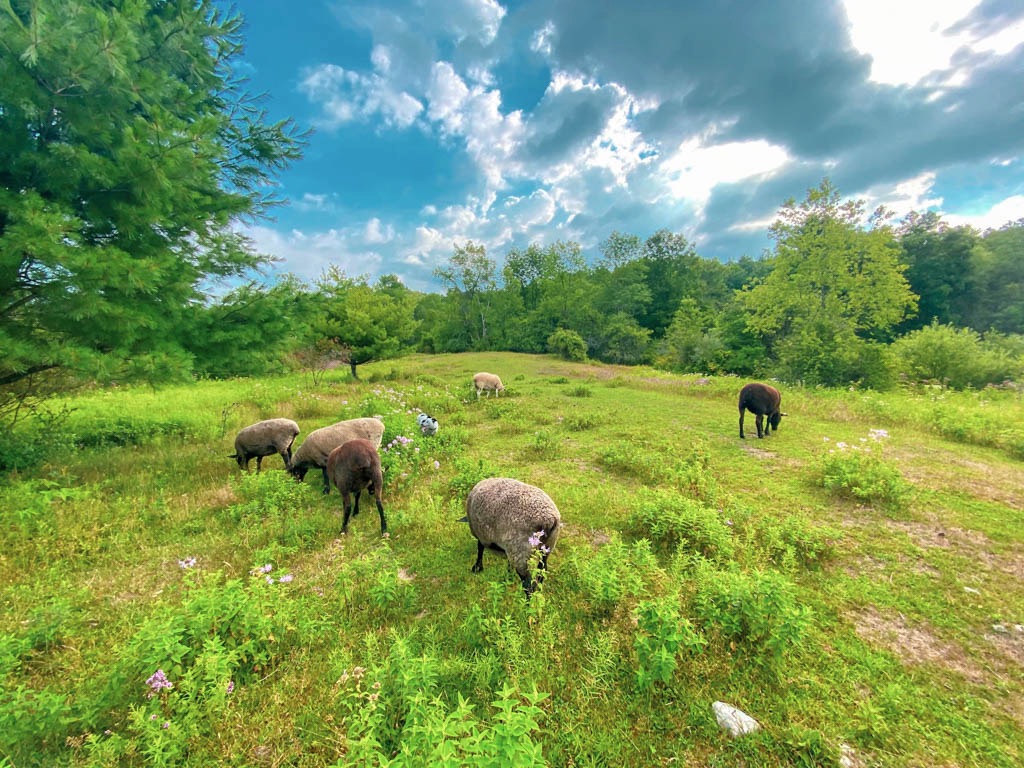(Disclaimer: There are many good and wonderful people on the Internet, if you choose to write online, you have to look for them, invite them into your world, treat them well, and hang onto them for dear life. Odds are they will need you as much as you need them.Nobody needs protection from them. You will know instantly who they are. It’s taken me 30 years, but I have an awful lot of good and thoughtful people reading my work, a miracle in many ways. They have brought me into a safe and wonderful world. Surround yourself with positive people, throw the others out, instantly.)
_____________
It is true in our time that many of us who venture out of our ostrich holes and cubbyholes and into the wider world will most likely find themselves under seige at times, not from foreign armies with guns but from fellow Americans – conspiracy-minded lunatics, anti-vaccers, the gullible and weak-minded- Facebook, Twitter, and dark web users, Christian White Nationalists, Republican congresswomen (and men) Marjorie Taylor Greene, hysterical Democratic Party Fund Raisers, lonely people with computers.
The weapons of these people are rage, grievance, victimization, they hate for its own sake and have no love of facts or reason.
Did I leave out trolls and busy-bodies and pompous windbags drawn to social media like bears to bee hives? People who nobody would ever listen to for any reason roam the wild planes of the Internet like Kings and Queens.
Sharing one’s life is not the quiet and soft process pioneered by E.B. White when he wrote about his farm in Maine for the New Yorker eons ago. Were the rude people hiding or did that have no way to be nasty?
We are no longer a civil society but nation of rude, angry and in a literary sense, violent people, divided and addicted to mistrust.
On social media, there are no rules, no leaders, no police. The corporate titans who run the digital empire and make obscene amounts of money care only aboout their profits none of them take any responsibility for what they have unleashed, or do much to curb the darkening side of it. They are bloated and unaccountable.
They have created a world that is at times rephrehensible, dangerous and ugly. Yet for people like me and millions of others, it is also indispenable. We are stuck with it, our elected leaders are too busy on the phone sucking up to lobbyists to worry about the death and rape threats, hate mail and vicious messages that are now considered routine. Social media has been lifesaver for me, and I also love it and need it.
As the country gets nastier by the day, I want to be more compassionate and positive, and respond in that way. I want to share the things I have learned that might be helpful. I believe it is urgently important for sane, compassionate and honest people to go online and fight for their space, as I have fought for mine.
America is a sick puppy right now. Politics can’t help us, we have to go and help ourselves.
Nobody needs advice on dealing with the good people. Here’s my five step plan for dealing with the others, they do seem to grow in numbers.
1. The Delete Button. The best way to deal with online insantity and hostility is to simply delete it These people have no legal or moral right to post their feces on your blog or to rain on your parade. Don’t give them any sunshine. Don’t honor their cruelty by sharing it, or invading your space. I hope you won’t hide from it, as so many good people have.
The good news is that this world is much better than it seems. What some people want is to hurt you, and if they can’t, they either go somewhere else or wither. They are upsetting and sometimes painful, they are not really dangerous.
Don’t let them hurt you. Delete them. Social media needs a Delete movement. That would shake the corporations up.
You are not, contrary to some, obligated to post criticism of you and your work, hateful or otherwise. My blog was created as a monologue, not a dialogue, but it has expanded to the presence of so many people on digital media. I appreciate civil disagreement, I won’t put up with hate messages or eternal arguments.
I am not interested in what three billion strangers on Facebook think of what I write.
My blog has changed, it is a dialogue often now, but only to people who are civil and who have something interesting or thoughtful to say. Only the people I let in can be in.
The miracle of the blog is that it its founders have blessedly seen fit to keep offensive comments out of our blogs and head space. The hackers who built the Internet (odd to say, but I was there, knew how obnoxious and combative they could be. They built in protections against themselves and their successors.
2. Use the attacks, grow them for good. I have found that personal attacks over the years have made me stronger. They force me to think about myself, to strengthen my resolve and identity. I have learned how to speak up for myself, and call out the cruel or the mindless. When I attack now, I instinctively ask myself these questons: what can I learn? How can I better? Strangely enough, that has made me better.
Although there are many people out there who get off on trying to harm people, I can say over these years that these assaults have, in fact, made me more confident, forced me to respect my own identity, and taught me as well how to protect, love and defend myself. Hate, when all is said and done, does the opposite of what the hater wants. It does make us stronger. It does make us better. It keeps love alive.
3. Agree Sometimes. You can have fun. I have fun with trolls and jerks sometimes. One man said I was lying cheating self-absorbed failure. I wrote back: “thank you, this is painful, but I needed to hear it.” He ran for his life. I still laugh about it. I call it my asshole-thumper approach. You can’t use it all the time, but when you do, it stops them cold. I told another that every bad thing people say about me is true, and he didn’t know what to say.
Another called me a pervert and a thief. I asked if I was still on his Christmas card list. He vanished and was never heard from again. These people have no sense of humor, but most of you do. Have some fun with it. Trolls hate to be ridiculed or minimized, it drives them bonkers. The whole point of hate is to gain power. Without it, there is no point.
5. Formulate some rules. Stick To Them. The most import is: Never argue with a hostile, demented conservative or progressive or troll strangers online. The left can be just as obnoxious as the right, and they both are consumed over money.
Very few Americans ever change their mind any longer, they have their labels stuck to their foreheads. The art of civil debate and persuasion is dying out, nobody can be persuased by anyone. Nobody can ever change their mind or anybody else’s. The election was rigged. Vaccines don’t work. Bill Gates is trying to insert microchips in all of our heads. Period. Sure.
In any disagreement online – and some are valuable – I insist that the discussions remain civil and thoughtful. People are free to express themselves, but not to argue with others.
Nothing other than civil comments about a blog post gets published or stays published, critical or not. Arguing accomplishes nothing. I don’t owe anybody anything. It’s my blog, my Faceook page and the only reason I need to delete or ban something is that I don’t like it.
Most American are gathering dust on the brain. But I’ve found a lot of real thinkers and they have found me. And that is rewarding and affirming.
The highest praise I get is when people thank me for making them think, whether they agree with me or not. And I thank them for making me think when they do, which is every day.
The haters aren’t interested in arguing or learning or changing. The evolution of red-white thinking is killing off the American Mind just the way Harold Bloom the famed literary critics and Yale Professor predicted that it would. It is something of a blessing that he died before he could see the mess our democracy is in right now.
We don’t think any more, we just paste a label on our heads – red, blue, progressive, conservative, extremist, racist – stop thinking for ourselves. The end result is our now completely complicated and increasingly useless political system.
An alleged feminist wrote on my blog that I should be banned forever from writing about women because I wrote about how interesting my Amish neighbors are to me and how much I was learning from them.
And she is supposedly a progressive. More and more, I can’t see the differnce between us and them.
If you go online and argue, you will vanish into a dark sinkhole and never return. I see my blog as a place to share my life, expand my mind, state my beliefs. I owe it my life in many ways. I love it dearly. It is not for anything else but authenticity and openness. I do not argue my beliefs online with strangers ever, that is an express train to hell.
4. Don’t take it personally. These people don’t know you, care about you, or understand you. If you listen to them, they will creep inside of your head like worms do. That image helpls me to fend them off.
5. Challenge, Don’t Argue. Last month, I followed the path of a friend with a potty mouth and a very tough disposition. When somebody writes something nasty about her, her basic response is:”blow if out your ass!”
I grew up in New England in a prudish household and I scolded her several time about not using dirty words online, being the prude I often am. A few weeks later, somebody posted an especially vicious comment about something I wrote, and I went for it: “Blow it out your ass,” I wrote. She vanished and never came back. It felt great.
6. When you make a mistake, Admit It. I often have trouble admitting or correcting mistakes, it’s not a positive trait, although I’m getting much better at it and recognize the importance of changing. I’ve corrected six mistakes in the past two weeks. Everybody who points out a mistake is not a troll or a creep.
It’s important to acknowledge a mistake quickly and openly. I’ve learned this the hard way, but I’ve learned it. It feels better than fighting, as does almost anything. Social media, for all its flaws, can function as a valuable editing tool.
7. Be proud of yourself. Insist on your dignity. Post your own bill of rights. I have the right to speak my mind freely on the website and social media sites where my work appears without being belittled or lied about.
People who are cruel to me and anyone else and are arrogant or unknowing are not welcome, and will be asked to leave.
The only reason I need is that I don’t like them or want them around. I’m not running for mayor, I don’t need them to agree with me or like what I wrote.
This is what I mean about becoming stronger. As I have written and grown, so has my blog. People do want reasoned discussions. They do want to think. They do want to move in a positive and compassionate world. They are the new silent majority, they are also the future. I believe that strongly.
The people who read my work and post on my websites are entitled to safety and to be treated with respect and dignity. I do my best to protect them from hostility or cruelty.
A number of readers patrol my pages looking for rudeness, cruelty or hostility. They have the tools to remove the offender or to reach me and ask me to do it. I love to do it.
This doesn’t take a lot of work, it takes a lot of thought. The corporations that created this mess and profit from it could change it in a minute. But it would cost them money and they won’t spend it voluntarily.
I am a passionate believer in blogs, they are an ultimate expression of individual freedome, something that is always under assault in the Corporation Nation.
Corporations hate nothing more than individualism. It is the greatest threat to them.
Online writing does not need to be about argument and conflict. It ought to be about you and your life and your thoughts, as my blog is about me. It ought to be the high point for the world’s oldest and biggest democracy.
This is our war against the peckerheads and toothless ducks. It is a war of indiviuduals against the cruel and the immoral.
Those are my most basic do’s and don’ts.
I hope they are helpful. Don’t get pulled into the bit. You are worth more.
8. Media Gone Mad. Someone needs to step back and take a look at things. Be careful choosing your media form. It should be calm, analytic and straightforward. I wish I had a list of names to offer you. I scan the New York Times online site sometime in the morning. I find it calm, analystic and straightforward.
Despite the yowling about it’s liberal bent, serious conservatives read the paper every day.
Once I looked it, I don’t look at or listen to media until the late afternoon or the next morning. Do not listen to the news in any form after 8 p.m. unless the Martians are finally landing, and good luck to them.
9. Oh yes, one more: learn how to block and ban. Be quick on the trigger. Everybody gets one shot at being nasty, then they get a warning. The second time they get blocked or banned. People who come to my site to argue are not welcome. If they don’t go away, they are banned.
In a decade I’ve banned 34 people from my Facebook Page and blocked a half dozen from my blog.
That’s not bad really, given the volume. The media distorts almost everything.
It’s like the old adage: what doesn’t kill you makes you stronger. I can testify to that. I used to tremble with fear and suffer from panic attacks.
Today, I would challenge a Tyrannosaurus Rex to a hand-wrestle in a barroom.





